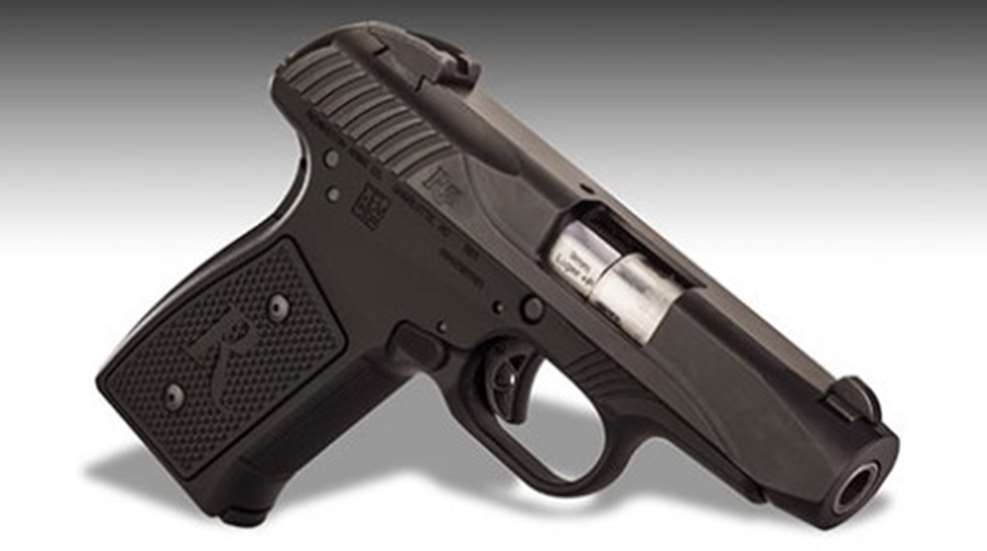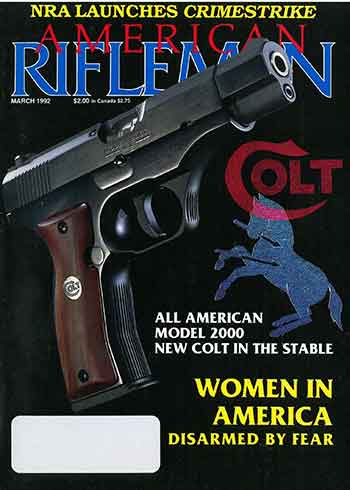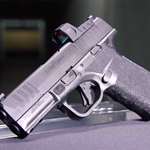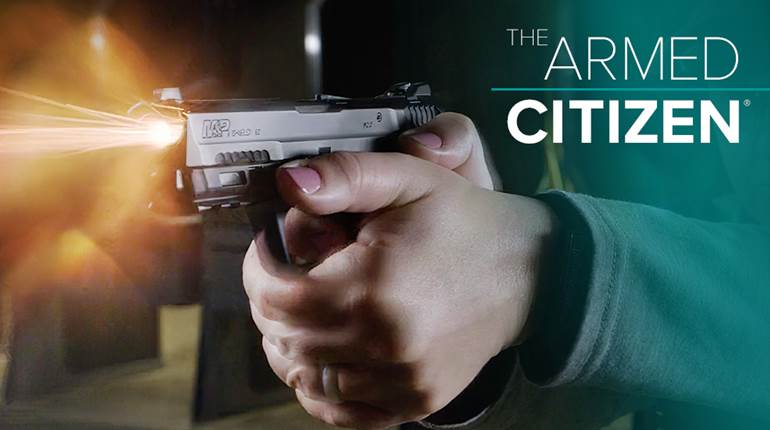
So, what happens when a much-anticipated firearm from one of the leading companies in the industry does not work as anticipated? For those relatively new to the firearm industry it would seem that the Remington R51’s suspension from production is the end of the world. It’s not. What happens next is what is important.
The R51, in case you had not heard, has been withdrawn from production by Remington. A recent release states that production will resume in October. Pre-production guns worked very well, as a gun writer trip to Gunsite Training Center proved, and the early sample in our officers worked well, too. There was no conspiracy; we reported online and for "American Rifleman Television” what we experienced on the range with pre-production guns. Once production pistols reached consumers, though, the mass-produced guns demonstrated issues; issues writ large upon the web with a furor fanned by bloggers. I’ll write another piece about how blogging, modern marketing and distribution have changed how guns come to your local gun store.
Remington announced that you can keep the R51 you have if you want, or you can have a new-production gun, a Pelican case and some spare magazines once the R51’s production issues have been sorted out. Some owners report their guns work just fine and would not trade their R51s for the world. Others describe them as the worst firearm ever produced? Who is right? I'd say it depends on the gun—the individual gun.
The R51 pistol employs the Pedersen hesitation lock of the earlier Remington Model 51. But the original 51 was in .32 or .380 ACP. The modern R51 is chambered in 9 mm Luger, and it is a small gun chambered for a relatively powerful caliber. When it comes to small guns, there is less room for engineers to build in margin of error. It is not as difficult to make say a 5”-barreled service pistol work reliably. When you end up with a small gun, everything has to be just right in a smaller engineering envelope.
This is not the first time that a promising handgun design has had major issues going from prototype to production. I was recently at Knights Mfg. Co. in Florida, and I asked C. Reed Knight if I could handle the original prototype of the gun that would become the All American 2000 as later, briefly, produced by Colt’s.
The All American 2000 introduced in 1990, although we did not receive a sample until 1992, and it was supposed to be the next generation of Colt’s semi-automatic pistols. The striker-fired gun had generous magazine capacity (15) and had a double-action-only trigger system. On paper it had a lot going for it, it was to be Colt’s late-entry into what some have called the “Wondernine Wars.” Few had fully comprehended what the Glock pistol’s success would be as it was really just getting going at this point.
Although the All American 2000 sat high in the hand, it was an ergonomically good design. After all, Eugene Stoner was the main engineer on the project. But the problems came in production. Knight tested the prototypes with more than 30,000 rounds in both polymer and aluminum frames. When the gun went into production at Hartford, the magic of the designer could not be implemented on the factory floor.
When we reviewed the All American 2000 back in March 1992 we had a number of issues with the gun. To put it simply, no single gun would work reliably. If one did work, accuracy was abysmal. We ended up having to cannibalize a couple of different samples in order to get one to work well enough to complete our testing. As we wrote, “[T]he Model 2000 has  certain nagging problems that will require additional development work.” The final epitaph on the All American comes in its description in the pages of The Blue Book of Gun Values: “Manufacturing difficulty forced discontinuance and design and tooling were returned to Reed Knight. Mfg. 1991-93.”
certain nagging problems that will require additional development work.” The final epitaph on the All American comes in its description in the pages of The Blue Book of Gun Values: “Manufacturing difficulty forced discontinuance and design and tooling were returned to Reed Knight. Mfg. 1991-93.”
In the end the All American 2000 didn't make it. And in going from prototype to production, production simply could not keep up with the expectation from Colts at that time. To this day, Colt has not brought a full-size, modern, double-action-only pistol to market. I'm not sure that they actually need to, of course, but it is a testament to the failure of the All American 2000 that Colt has not reentered that category.
Did Remington get egg on its face? Absolutely. Remember, except for the recent R1 M1911s and the XP-100, the R51 is the first handgun produced by Remington in about a century.
What's important now is what Remington does with the R51. With the R51 it appears that the company will continue to try and take this noteworthy pistol from prototype to production. The future of Remington handguns depends on how the production guns made later this year perform. This is an important re-launch for Remington, and while messy, it will be a measure of the company’s commitment to producing defensive handguns.





































